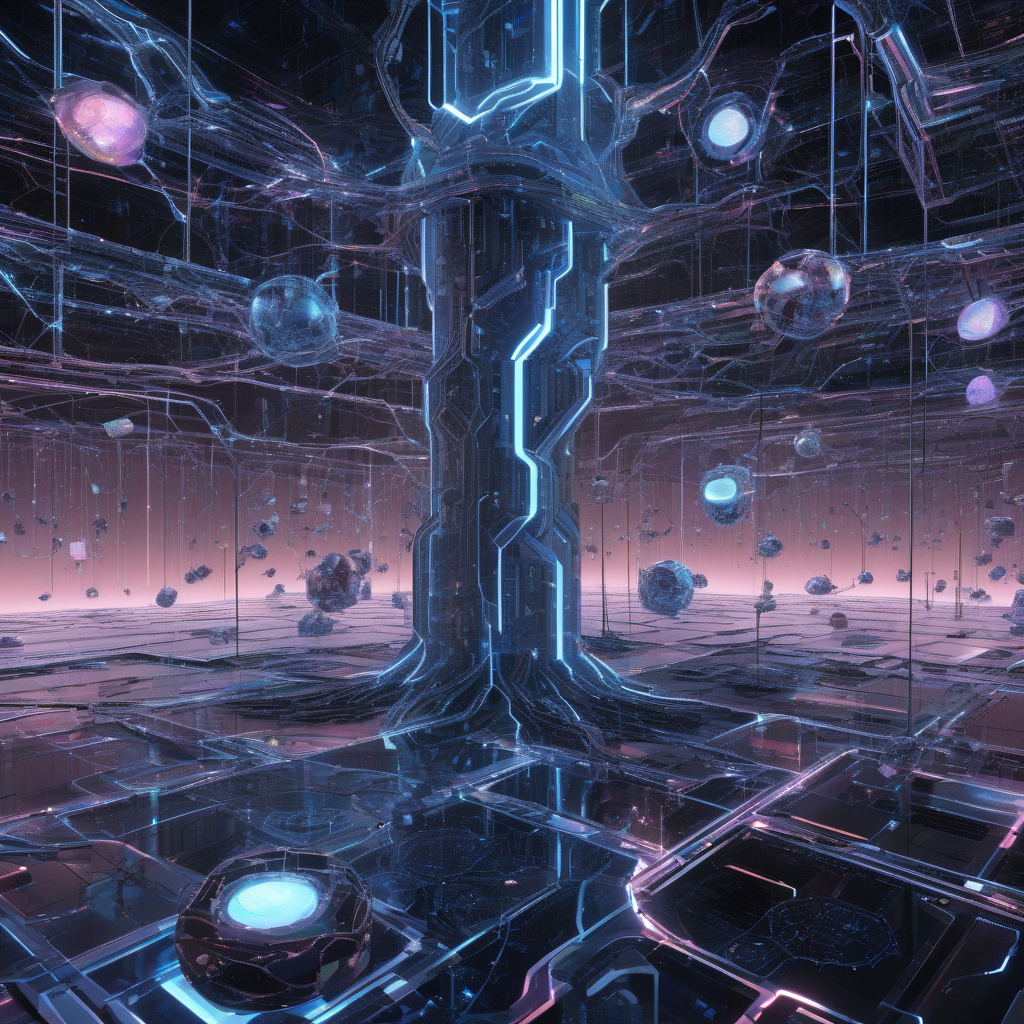AI Blockchains Vs Standard Blockchains Explained
Much has been said about the potential of the convergence between artificial intelligence and blockchain, but it’s important to realize that these two technologies bring unique capabilities to the table. In recent years, AI and blockchain have been at the forefront of technological innovation, each making significant strides in their respective fields.
Standard blockchains, such as the widely known Bitcoin and Ethereum networks, operate on a decentralized system where transactions are recorded in blocks that are linked together in a chain. These transactions are verified by a network of nodes, ensuring transparency and security. While standard blockchains offer a secure and transparent way to record transactions, they are limited in terms of scalability and speed.
On the other hand, AI blockchains combine the decentralized nature of blockchain with the intelligence of artificial intelligence. By integrating AI algorithms into blockchain networks, AI blockchains can enhance transaction speeds, increase scalability, and improve overall efficiency. AI can be used to optimize consensus mechanisms, predict market trends, and enhance security measures within the blockchain network.
One of the key differences between AI blockchains and standard blockchains lies in their ability to adapt and learn from data. AI blockchains can analyze vast amounts of data in real-time, enabling them to make intelligent decisions autonomously. This means that AI blockchains can continuously improve their performance and efficiency over time, making them ideal for applications that require constant optimization.
Moreover, AI blockchains have the potential to revolutionize various industries, including finance, healthcare, supply chain management, and more. For example, in finance, AI blockchains can be used to detect fraudulent activities, optimize trading strategies, and streamline compliance processes. In healthcare, AI blockchains can improve the security and interoperability of patient data, leading to better patient care and outcomes.
In conclusion, the convergence of artificial intelligence and blockchain has the potential to drive innovation and transform industries. While standard blockchains offer security and transparency, AI blockchains take it a step further by integrating intelligent algorithms that can enhance efficiency, scalability, and decision-making processes. As these technologies continue to evolve, we can expect to see new use cases and applications emerge, reshaping the way we interact with data and conduct business.
The post AI Blockchains Vs Standard Blockchains Explained appeared first on TechRound.

